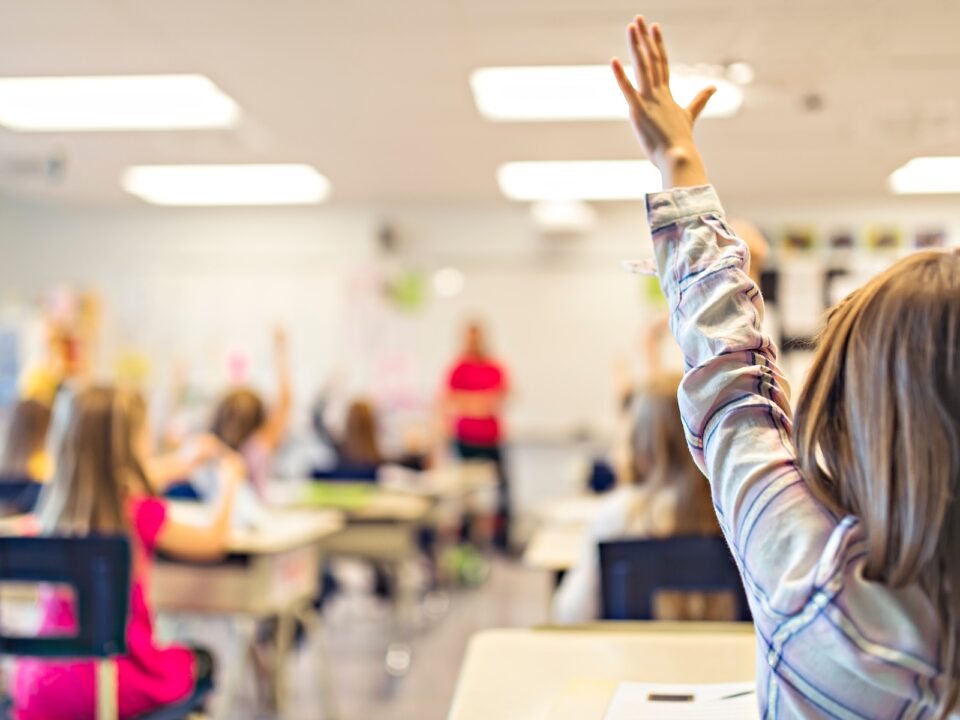- Sales & Support
- +61 2 4225 9698
- [email protected]

Spark a passion for reading: 10 ways to motivate daily reading practice
July 27, 2022
4 essential skills for media literacy
August 26, 2022What is digital literacy and why does it matter?

Digital literacy means having the skills you need to live, learn, and work in a society where communication and access to information is increasingly through digital technologies like internet platforms, social media, and mobile devices
Although the meaning of digital literacy can vary greatly by source, even to the point of confusion, digital literacy encompasses 21st-century skills related to the effective and appropriate use of technology. Digital literacy in education encompasses so much more. For example, students must have specific skills when reading online text that may contain embedded resources such as hyperlinks, audio clips, graphs, or charts that require students to make choices.
Why reading online is not “digital literacy”
Students who use both cognitive and technical skills to find, evaluate, create, and communicate information are certainly on their way to becoming digitally literate, savvy consumers of digital content. However, it’s important to note that simply reading online or subscribing to an eBook service does not a digitally literate student make. Essential digital literacy skills, as you can imagine, go so much further.
Why is digital literacy so important?
School leaders, media specialists, and educators are focusing more and more on the benefits of digital literacy skills in schools because today’s students are looking to the Internet as a key source of information. Students who are digitally literate know how to find and consume digital content. They know how to create, communicate, and share digital content.
Students who are building digital literacy skills understand the basics of Internet safety such as creating strong passwords, understanding and using privacy settings, and knowing what to share or not on social media.
In today’s digital world, nearly every career requires digital communication at some point, so equipping students with the skills to find, evaluate, communicate, and share online content is key to their futures effectively and responsibly.
You’re likely already teaching digital literacy skills
As a school leader or educator in today’s digital world, chances are you’ve been teaching your students digital literacy basics and enhancing their skills all along, perhaps without even realising it.
For example, do you talk to students about online safety, caution them to communicate responsibly? Do you teach them how to discern trustworthy sources and stress the importance of recognising fake news versus real news?
If you answered “yes” to any of the above, you’re teaching digital literacy skills. All these lessons and tips teachers share represent digital literacy examples and stress the importance of digital literacy in the classroom.
Finding and consuming digital content
Students who are well on their way to becoming digitally literate ask important questions about the online content they encounter. Who created the message and why? Where is the message being distributed and which techniques are being used to attract attention? They learn to identify dubious claims and slanted viewpoints and to assess the accuracy of charts, graphics, and other data sources. Part of effectively finding and consuming digital content focuses on how well students can discern facts from misinformation and determine trustworthy sources.
Creating digital content
Students who are gaining digital literacy skills learn to become responsible content creators in addition to content consumers. They move beyond finding, evaluating, and consuming digital content to creating it, including both writing in digital formats and creating other forms of media such as tweets, podcasts, videos, emails, and blogs.
Communicating or sharing digital content
Students don’t always think about the implications or potential consequences of what they share online. In your digital literacy lessons, discuss the consequences of what students share online. Help them understand that a digital footprint encompasses all the information that students either passively leave or actively share about themselves online, most notably social media sites.
Today, as technology transforms what, how, and where students read, school leaders and educators are embracing the idea of giving students access to a digital library.
Give your students the high interest digital books embedded with reading supports with the myON digital reading platform with Renaissance.



